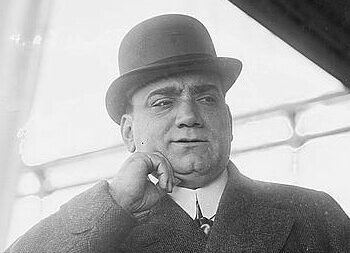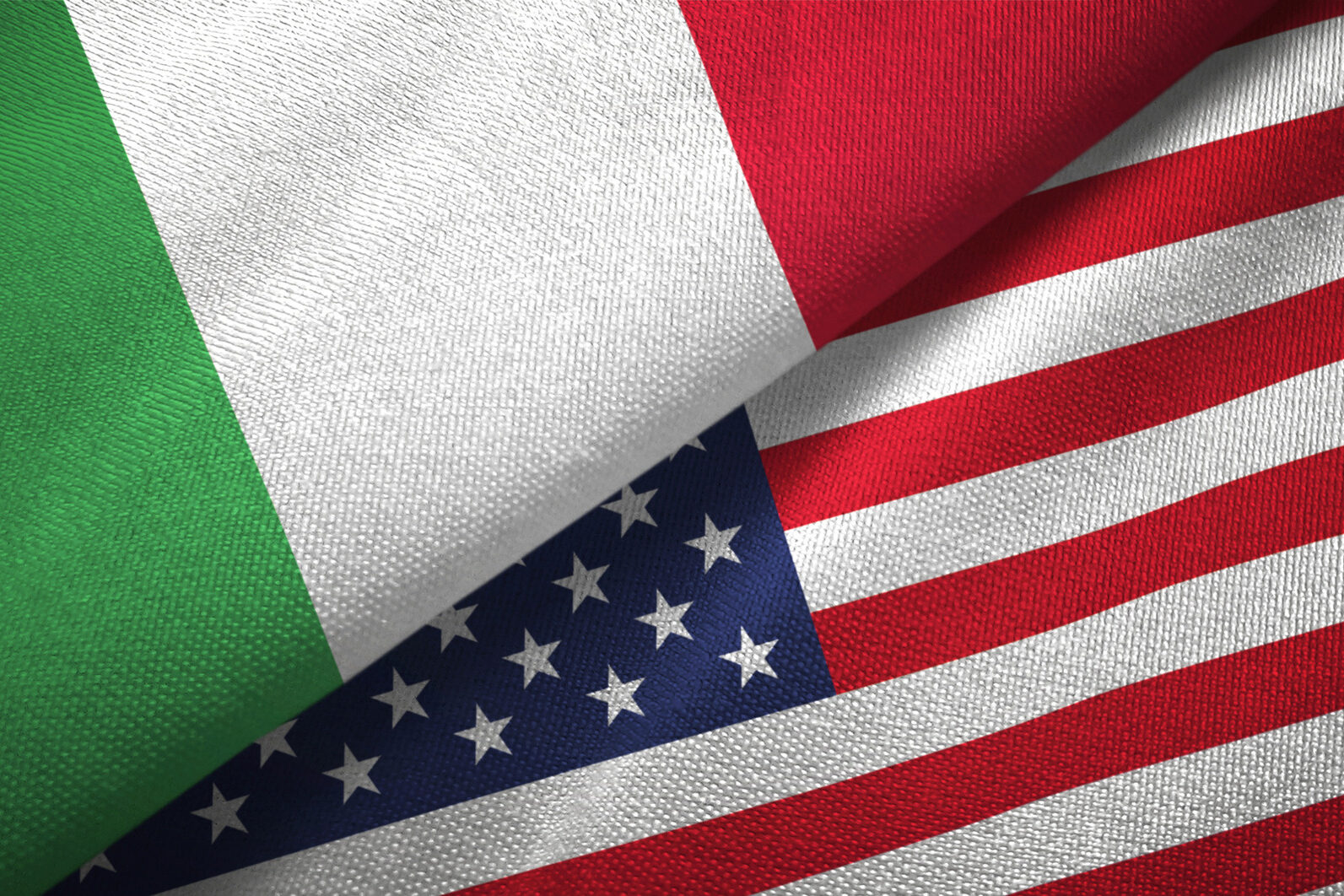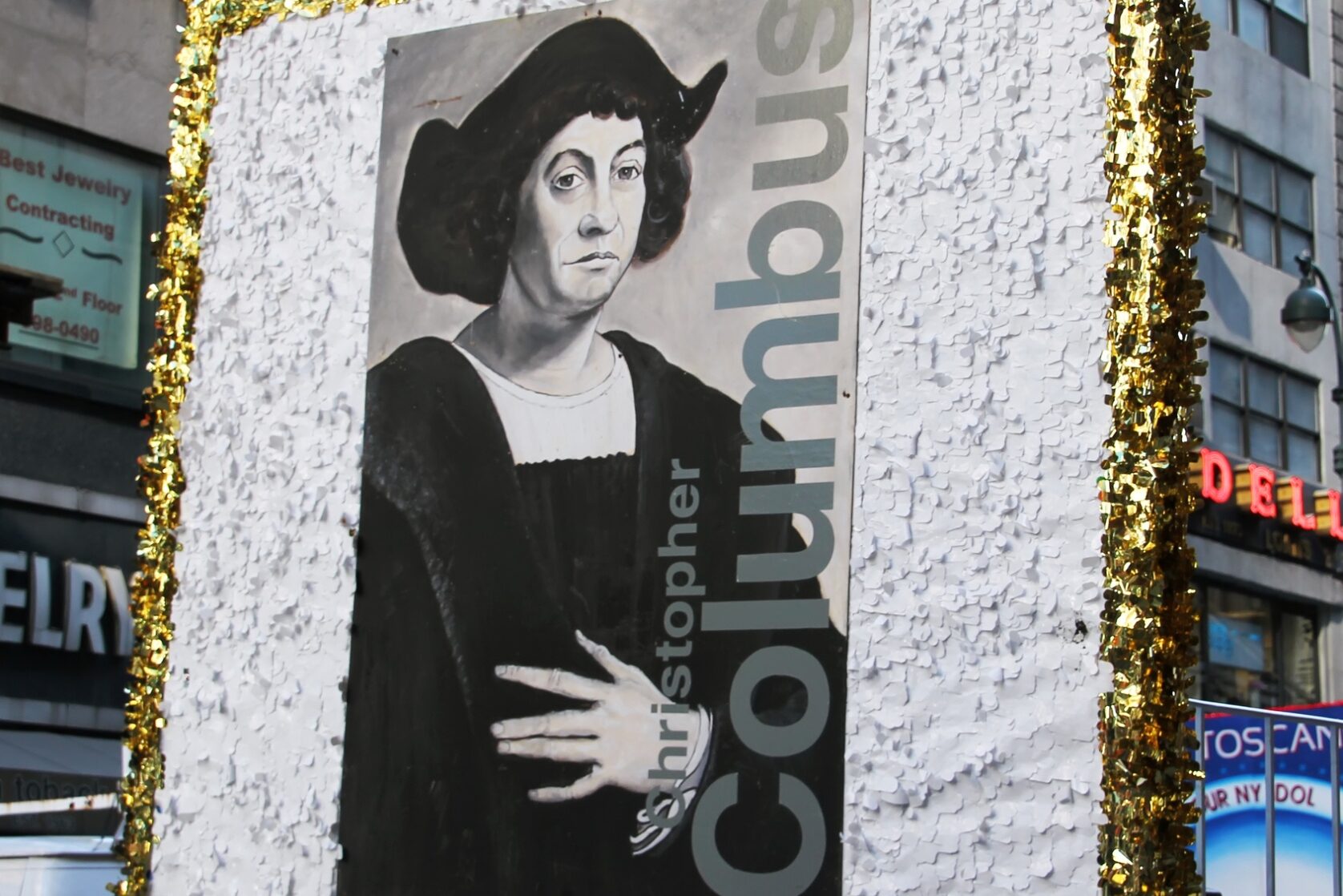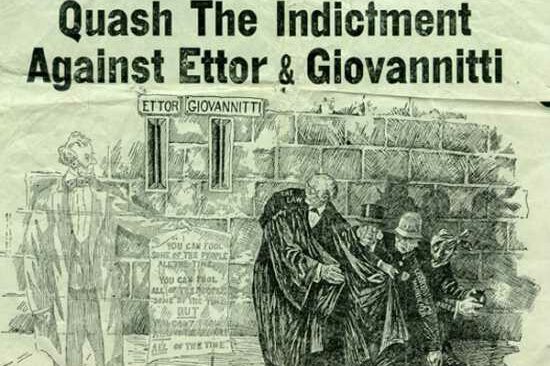Dear Readers,
April showers bring May flowers and an abbondanza of Italian connections.
***
President Lincoln was assassinated on April 14, 1865. If not for the assassination of President Lincoln, there would not be a Pullman Company. In 1865, Mr. George Mortimer Pullman was building railroad cars in Detroit, but his business was not successful. When President Lincoln’s body arrived in Chicago Colonel James Bowen, a personal friend of Mr. Pullman, was put in charge of the funeral arrangements. Colonel Bowen wanted a railroad car worthy of carrying the body of President Lincoln to his final resting place, Springfield, but he could not find a suitable one. Then, he remembered George M. Pullman had a car in Chicago named The Pioneer: he asked Mr. Pullman if he could use it for the President. Mr. Pullman said yes and on May 2, 1865, the funeral train, with President Lincoln in The Pioneer, left Chicago for Springfield, Illinois, some 200 miles away.
The train took two days to reach Springfield because it stopped at every small town between Chicago and Springfield to let people pay their final homage to the late President. When people saw what a beautiful railroad car Lincoln’s body was in, they wrote letters to their relatives and friends telling them about Lincoln’s funeral and Mr. Pullman’s car, The Pioneer.
Covering the funeral were many newspaper reporters from all over the country, as well as around the world. In their stories, they gave a glowing report on George M. Pullman’s luxurious railroad car. All the publicity made Pullman famous as a train car manufacturer and orders began to come into his factory in Detroit and, later, in Chicago, where many Italo-American craftsmen found employment making plush furnishings for the trains. Mr. Pullman also received awards from the US and Italian governments for providing employment to Italians and Italian Americans on both sides of the Atlantic.
***
Buona Pasqua (April 9 2023)! Here are some lessons for living you can learn from the Easter Bunny:
- Don’t put all your eggs in one basket;
- Everyone needs a friend who is all ears;
- Keep your paws off other people’s jelly beans;
- All work and no play can make you a basketcase;
- Let happy thoughts multiply like rabbits!
***
The US Mint was established on April 2, 1792. It is said that George Washington provided his own household silver for the coins.
***
“In God we Trust” (all others pay cash!): these words have been imprinted on pennies, nickels, and dimes ever since the motto was approved for American coins by Congress, on April 22, 1864.
***
Caruso and the 1906 Earthquake. In April 1906, the world-famous tenor Enrico Caruso was on a national tour with the Metropolitan Opera Company and arrived in San Francisco a few days before April 18th. On the evening of April 17th, Bizet’s Carmen was scheduled at the Opera House, then located on Mission Street, near the present site of the Moscone Center. This performance was to spotlight Caruso in one of his best roles. According to the San Francisco Chronicle, this gala evening was a huge success. San Franciscans turned out in large numbers and the bejeweled audience enjoyed what the critics called “a notable performance to a notable house.” Caruso himself was singled out for “giving brilliancy to the performance” and because “his ringing tenor woke up the house on his first phrases and raised anticipation which was fulfilled at the end.”
According to one legend, after the conclusion of the performance Caruso, high in spirits, approached baritone Antonio Scotti, and slapping him on the back invited him to go to North Beach for some spaghetti and fun. The legend never confirmed if they had spaghetti or fun, however, they did go out together and returned to their hotel rooms at the Palace Hotel around 3 am. Caruso was awakened at 5.12 am by the earthquake and was so bewildered and confused that all he could do was pace around the room. His first concern, after he gathered his senses, was his voice. He opened his bedroom window and started to sing to the dazed crowd that assembled a few floors below. Still frightened, but assured his voice was not harmed, he vowed he would never come to San Francisco again. In his words, “San Francisco was an’ell of a place” and he would take Mount Vesuvius anytime. After a few narrow scrapes, he finally worked his way to the foot of Market Street, boarded a ferry for Oakland, and later took the first train available to New York. He kept his promise: he died in 1921, never setting foot in San Francisco again.
Cari lettori,
Le piogge di aprile portano i fiori di maggio e un’abbondanza di Italian connections.
***
Il presidente Lincoln fu assassinato il 14 aprile 1865. Se non fosse stato per l’assassinio del presidente Lincoln, non ci sarebbe stata una compagnia Pullman. Nel 1865, il signor George Mortimer Pullman stava costruendo vagoni ferroviari a Detroit, ma la sua attività non aveva successo. Quando il corpo del presidente Lincoln arrivò a Chicago, il colonnello James Bowen, amico personale del signor Pullman, fu incaricato dell’organizzazione del funerale. Il colonnello Bowen voleva un vagone ferroviario degno di trasportare il corpo del presidente Lincoln verso la sua ultima dimora, Springfield, ma non riuscì a trovarne uno adatto. Poi, si ricordò che George M. Pullman aveva un mezzo a Chicago chiamato The Pioneer: chiese al signor Pullman se poteva usarla per il Presidente. Il signor Pullman disse di sì e il 2 maggio 1865 il treno funebre, con il presidente Lincoln nel The Pioneer, lasciò Chicago per Springfield, Illinois, a circa 200 miglia di distanza.
Il treno impiegò due giorni per raggiungere Springfield perché si fermò in ogni piccola città tra Chicago e Springfield per consentire alle persone di rendere l’ultimo omaggio al defunto presidente. Quando le persone videro che il corpo di Lincoln si trovava in un bellissimo vagone ferroviario, scrissero lettere ai loro parenti e amici raccontando del funerale di Lincoln e del mezzo del signor Pullman, The Pioneer.
A coprire il funerale c’erano molti giornalisti provenienti da tutto il paese, così come da tutto il mondo. Nelle loro storie, fornirono un brillante rapporto sul lussuoso vagone ferroviario di George M. Pullman. Tutta la pubblicità rese Pullman famoso come produttore di vagoni ferroviari e gli ordini iniziarono ad arrivare nella sua fabbrica di Detroit e, successivamente, a Chicago, dove molti artigiani italo-americani trovarono lavoro realizzando lussuosi arredi per i treni. Il signor Pullman ha anche ricevuto riconoscimenti dai governi degli Stati Uniti e d’Italia per aver dato lavoro a italiani e italoamericani su entrambe le sponde dell’Atlantico.
***
Buona Pasqua (9 aprile 2023)! Ecco alcune lezioni di vita che puoi imparare dal coniglietto pasquale:
• Non mettere tutte le uova nello stesso paniere;
• Tutti hanno bisogno di un amico tutto orecchi;
• Tieni le zampe lontane dalle gelatine degli altri;
• Solo lavoro e niente gioco possono valere un paniere;
• Lascia che i pensieri felici si moltiplichino come conigli!
***
US Mint, la zecca degli Stati Uniti è stata fondata il 2 aprile 1792. Si dice che George Washington abbia fornito il proprio argento domestico per le monete.
***
“In God we Trust” (tutti gli altri pagano in contanti!): queste parole sono state impresse su penny, nickel e dime sin da quando il motto fu approvato per le monete americane dal Congresso, il 22 aprile 1864.
***
Caruso e il terremoto del 1906. Nell’aprile 1906, il tenore di fama mondiale Enrico Caruso era in tournée nazionale con la Metropolitan Opera Company e arrivò a San Francisco pochi giorni prima del 18 aprile. La sera del 17 aprile la Carmen di Bizet era in programma all’Opera House, allora situata in Mission Street, vicino all’attuale sede del Moscone Center. Questa performance doveva mettere in luce Caruso in uno dei suoi ruoli migliori. Secondo il San Francisco Chronicle, la serata di gala fu un enorme successo. I sanfrancescani si presentarono in gran numero e il pubblico ingioiellato apprezzò quella che i critici definirono “una performance notevole per un’opera notevole”. Lo stesso Caruso era stato scelto per “dare brillantezza all’esecuzione” e perché “la sua voce tenorile squillante ha animato l’opera sin dalle sue prime frasi e suscitato un’attesa che è stata ricompensata alla fine”.
Secondo la leggenda, al termine dello spettacolo Caruso, di buon umore, si avvicinò al baritono Antonio Scotti e, dandogli una pacca sulla spalla, lo invitò ad andare a North Beach per due spaghetti e un po’ di divertimento. La leggenda non ha mai confermato se avessero mangiato spaghetti o si fossero divertiti, tuttavia, uscirono insieme e tornarono nelle loro stanze d’albergo al Palace Hotel intorno alle 3 del mattino. Caruso fu svegliato alle 5.12 dal terremoto e fu così frastornato e confuso da. Non riuscire a fare altro che camminare per la stanza. La sua prima preoccupazione, dopo aver ripreso i sensi, fu la voce. Aprì la finestra della sua camera da letto e iniziò a cantare alla folla stordita che si era radunata qualche piano più in basso. Ancora spaventato, ma certo che la sua voce non si era danneggiata, giurò che non sarebbe mai più tornato a San Francisco. Nelle sue parole, “San Francisco era un posto fantastico” ma avrebbe preferito il Vesuvio in qualsiasi momento. Dopo alcuni piccoli graffi, alla fine si fece strada fino ai piedi di Market Street, salì su un traghetto per Oakland e in seguito prese il primo treno disponibile per New York. Mantenne la promessa: morì nel 1921, senza mai più mettere piede a San Francisco.






























